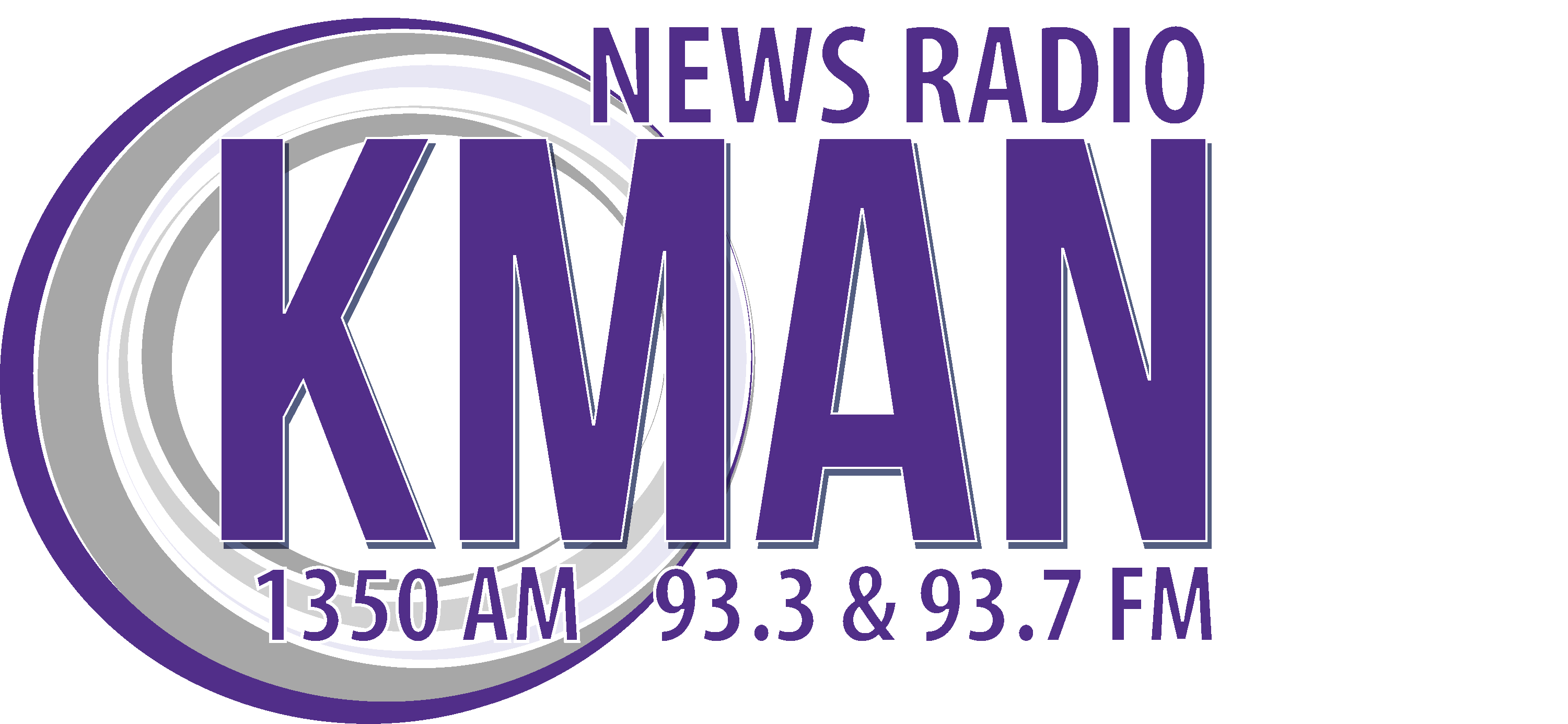Horses, just like humans, are susceptible to medical emergencies.
Chris Blevins, Kansas State Equine Vet Health Center Field Service Clinician, says understanding what to look for while caring for your horse is important. He tells KMAN there are several medical emergencies for horses, most of which, can be seen in the early stages.
“Lacerations, is definitely one of them,” Blevins says. “Then colic, you know, abdominal pain on a horse; respiratory disease; choke, so sometimes horses will choke on different feed type things in their esophagus; and then fractures and lameness could be emergencies too.”
He says one common medical emergency seen in horses is choking. He says that it is not uncommon for a hungry horse to get a little too excited with feed in front of them. He adds that horses most often choke on feeds that are too dry such as pelleted feeds and alfalfa cubes. Blevins says that while horses can still breathe while choking, there are other signs to look for.
“A lot of times what you are going to see is saliva coming out of their nose, or even food coming out of the nose,” Blevins says.
He says that if you see either of these signs it is important to take immediate action.
“Take away the water and the hay away from that animal because they don’t want to continue to choke on things because usually, you know, they can still want to eat or drink, it’s not going to stop that aspect, but then it can become worse,” Blevins adds.
Blevins says that aside from choking, horses also face a gastrointestinal condition called colic.
“It’s usually abdominal pain and then they just don’t want to eat, so that could be some of the first start of things,” he says. “So just being observant to your horses, you know, that could be the first signs of things that maybe isn’t as severe.”
Blevins says there other things such as the lip color and heart rate that can be tell-tell signs of colic. He adds that horses with colic experience a lot of discomfort.
“A lot of the times what you’ll see with the horses is then they will lay down and roll and get up and kick at their belly,” Blevins adds. “And they can be really painful in their abdomen, so, you start seeing some of those things that would also make you bit concerned for colic.”
Finally, Blevins talks about the next steps after identifying a medical concern with your horse.
“Contacting the veterinarian, get them involved sooner rather than later,” he says. “Over the phone, taking pictures, videos- communication that way now that we’re in the kind of smartphone age.”


